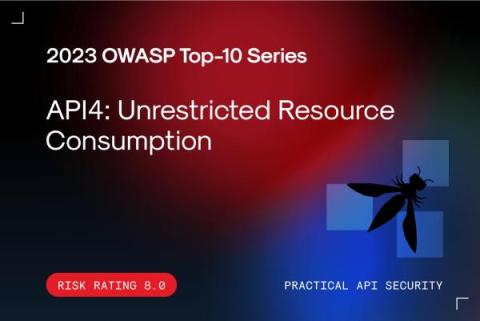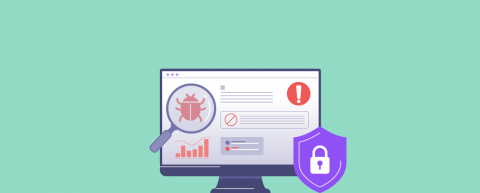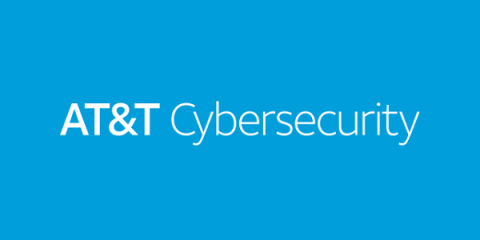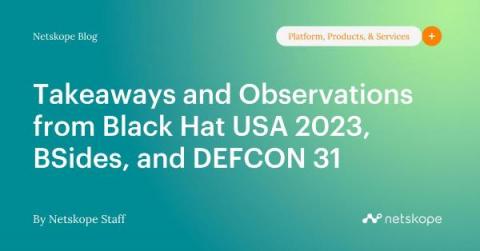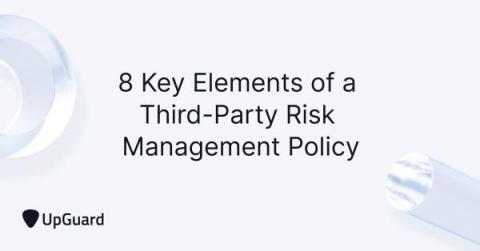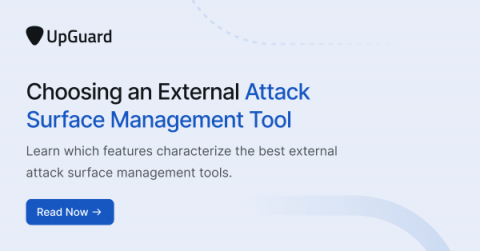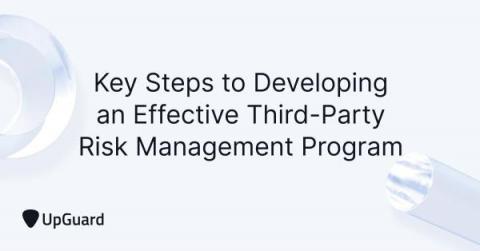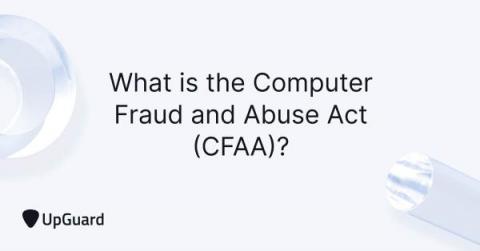Security | Threat Detection | Cyberattacks | DevSecOps | Compliance
Latest News
2023 OWASP Top-10 Series: API4:2023 Unrestricted Resource Consumption
Welcome to the 5th post in our weekly series on the new 2023 OWASP API Security Top-10 list, with a particular focus on security practitioners. This post will focus on API4:2023 Unrestricted Resource Consumption. In this series we are taking an in-depth look at each category – the details, the impact and what you can do about it.
The Age of Digital Collaboration: Best Practices for Comparing Documents Online
The Importance of Vulnerability Assessment: Types and Methodology
Securely implementing Active Directory on Windows Server 2019
The installation of Active Directory (AD) on Windows Server 2019 calls for a thorough understanding of technical nuances and a steadfast dedication to security best practices. This guide will walk you through the process of securely implementing Active Directory, ensuring the highest level of protection for the information and resources within your company.
Takeaways and Observations from Black Hat USA 2023, BSides, and DEFCON 31
As happens every year, Netskopers from across different teams attended the Black Hat USA, BSides, and DEFCON conferences, each coming away with their own take on what was new and exciting. With “Summer Camp” now behind us, we checked in with those folks who attended to share some of what they saw on the floor and what exciting topics stuck out most to them. Here’s what they had to say.



